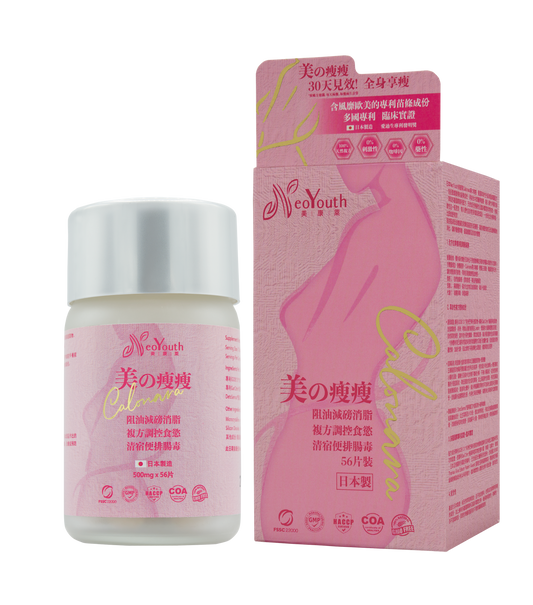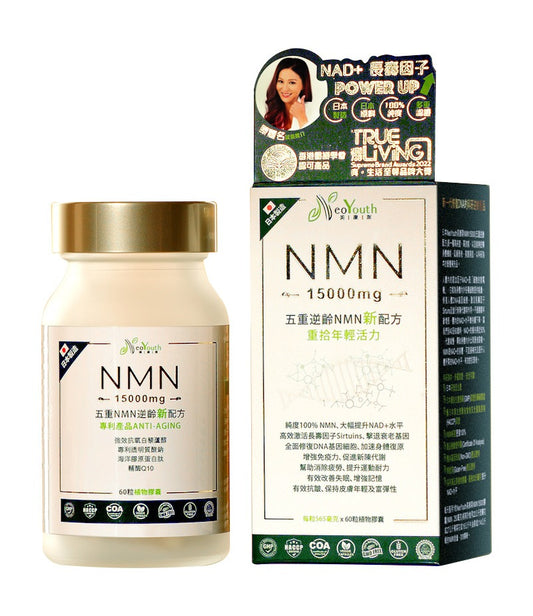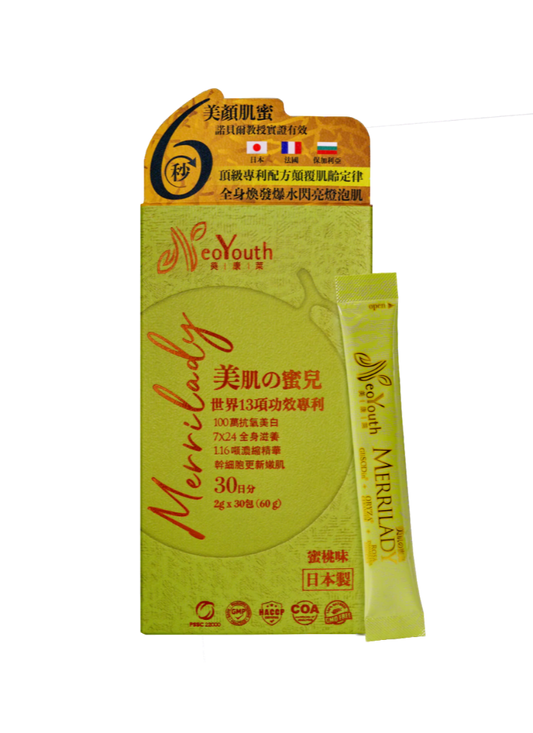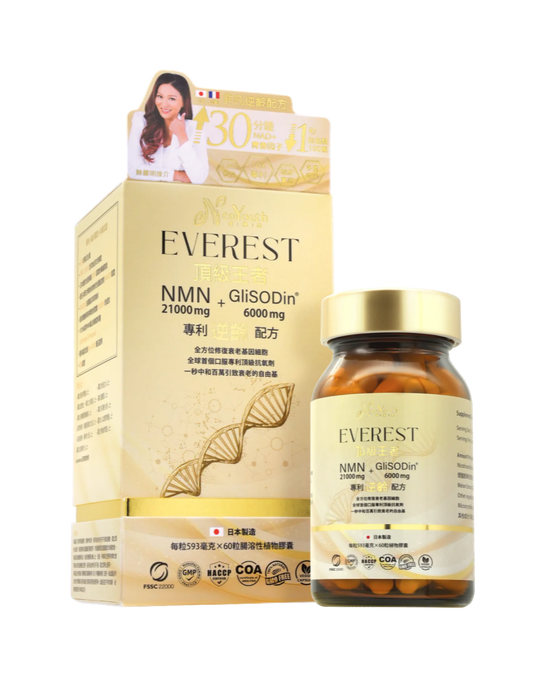Modern people are quite conscious of their appearance and changes in their looks. When taking photos or looking in the mirror, it's understandable to feel distressed if you notice your forehead gradually widening, your hairline receding , or your hair thinning. Does age cause a receding hairline ? If you already have a receding hairline, how can you address it ? To address these concerns, we need to understand the causes of a receding hairline , how to determine if we have it , and then find ways to improve the situation.
What does it mean when the hairline recedes ?
A receding hairline refers to the hairline that was originally at the edge of the forehead gradually moving backward, making the forehead appear higher, revealing more skin, and even affecting the overall proportions of the face. Although a receding hairline is usually more common in men, it can also occur in women, especially postpartum or during menopause, due to hormonal changes that cause the hair at the front of the forehead to gradually thin, become finer, and softer.
So, how can you tell if you have a receding hairline ? Here are some common early signs and self-testing methods.
Early signs of receding hairline
The hair on the forehead is gradually thinning and the amount of hair in the bangs is decreasing.
If the hair at the front of your forehead becomes thin and soft, and your bangs easily split in the wind, this is a warning sign of a receding hairline . This is because the hair follicles may have begun to shrink, causing hair growth to slow down or become thinner.
Changes in scalp condition
If you experience tightness, redness, itching, or pain on your scalp, it may be due to damaged scalp health and shrinking hair follicles. Additionally, oily scalp and excessive sebum production can clog hair follicles, leading to hair loss, especially in the hairline area, which requires extra attention.
abnormally increased hair loss
Normal adults typically lose 50 to 100 hairs per day. If you experience more than 150 hairs falling out per day, you should pay close attention to whether this is abnormal hair loss.
Self- assessment methods for receding hairline
Three-finger measurement method / Seven-centimeter method
Here's a simple self-test method. Bring your middle, ring, and little fingers together and place them directly above your eyebrows to take a simple measurement. If your hairline is higher than the tip of your middle finger, it's a sign of receding hairline. You can also use a ruler to measure the distance between your eyebrows and hairline. Generally, for men, this is between 7 and 7.5 centimeters, while for women it's about 6 to 6.5 centimeters. If it exceeds these values, it may indicate receding hairline.
Take photos regularly for self-testing
Regularly taking photos can accurately determine if there is a receding hairline . Observe whether there is a gradual upward movement of the hairline, or an uneven hairline such as an "M-shaped forehead" (where the hairline on both sides recedes significantly compared to the middle).
The distance and proportion between eyebrows and hairline
A receding hairline can also be assessed by observing the area from the eyebrows towards the hairline. If there is a difference from the original position, such as an increase in the area of exposed skin on the forehead, causing a change in the proportions of the face, or the forehead exceeding one-third of the total face area, this is a relatively obvious sign of a receding hairline .
Age range where receding hairline occurs
The American Hair Loss Association (AHL) points out that about 66% of men notice a receding hairline around the age of 30 to 35. As men age, especially after 30, the level of testosterone (DHT) in their bodies gradually increases. This DHT hormone causes hair follicles to shrink, leading to softer hair and even hair loss. By age 50, approximately 85% of men will experience a noticeable receding hairline . This is because hair follicles naturally age, causing hair to thin and resulting in a receding hairline .
However, about 20% of men will start to develop "male pattern baldness" after puberty. This early-onset male pattern baldness (formally known as androgenetic alopecia, AGA) is a genetic baldness condition. If there is a family history of baldness, you need to pay close attention to changes in your hairline and take timely preventative measures, treatment, or remedies as early as possible.
Causes of receding hairline and high-risk individuals
Medically, several methods are used to determine the severity of a receding hairline , most commonly based on the degree of hair loss or family history. However, besides these two possibilities, modern lifestyles and environmental stress, as well as hormonal changes in women during menopause or postpartum, can also cause a receding hairline . Here are a few examples:
Frequent bleaching and perming
When bleaching, dyeing, or perming hair, salons often use chemicals that irritate the scalp and hair follicles, which can damage the scalp. Long-term dyeing or perming can eventually lead to dry, frizzy hair and severe scalp damage, contributing to a receding hairline .
Hereditary or excessive male hormones
Genetic factors and an excess of male hormones (DHT, dihydrotestosterone) can both significantly lead to a receding hairline , which is the main cause of what is medically known as "male pattern baldness." Testosterone attacks the hair follicles on the forehead and crown, causing them to atrophy, resulting in thinning hair and abnormal hair loss.
Long-term excessive stress
Modern people live under great pressure, and chronic stress can lead to a gradual increase in cortisol levels in the body. This can prevent hair follicles from repairing properly, causing them to enter the telogen phase. As a result, hair may not grow normally or may fall out prematurely, leading to alopecia areata (also known as spot baldness) or patchy hair loss.
Unbalanced diet
Enjoying fried foods or refined sweets, or dieting to lose weight, can accelerate the aging of our hair follicles. Due to a lack of protein, iron, and B vitamins (B12, B2, folic acid), hair follicle cells cannot fully obtain the nutrients they need, resulting in slow hair growth. Excessive or unbalanced sebum secretion can also cause the hairline to recede .
Excessive hair tying or improper cleaning
Many women have a habit of tying their hair up, but if the hair is tied too tightly, it can cause scalp damage and inflammation, leading to "traction alopecia." Additionally, using harsh shampoos is another cause of receding hairlines ; excessive cleaning can damage the scalp's protective layer, harm hair follicles, and subsequently cause hair loss.
Hormonal changes in women after childbirth and during menopause
The receding hairline in women is usually related to pregnancy. During pregnancy, the body secretes higher levels of estrogen and progesterone, which can reduce hair loss and make hair thicker and fuller. However, after childbirth, hormone levels drop rapidly, and hair growth enters the resting phase, resulting in a lot of hair loss (postpartum telogen effluvium).
When women reach menopause , the secretion of progesterone and estrogen decreases, which shortens the hair growth cycle and causes hair follicles to shrink. The hair loss point is usually in the parting area on the top of the head and the front hair, which leads to a receding hairline.
How to solve and prevent receding hairline?
There are many ways to address a receding hairline , including medication and surgical hair transplantation. Choosing the right treatment for your individual needs is crucial for effective improvement. Supplementing with appropriate nutrients and adjusting lifestyle habits are also essential. A multi-pronged approach is necessary to properly address a receding hairline.
Adjusting lifestyle and eating habits
Developing a habit of going to bed early and waking up early, maintaining 7 to 8 hours of sleep each day, and combining this with appropriate exercise to increase metabolism can effectively improve hair follicle growth rate and blood circulation around the hairline, slowing down receding hairlines . In addition, a balanced intake of essential nutrients is also crucial; obtaining sufficient nutrients (protein, iron, zinc, B vitamins) helps reduce hair loss and maintain scalp health and hair resilience.
Drug-assisted treatment
Medication can also effectively address receding hairlines . Common methods include using hair growth tonics (such as those containing Minoxidil) to increase blood circulation in the scalp, or using oral medications (Finasteride, Dutasteride) to inhibit testosterone production. However, these treatments should be used with caution to avoid side effects. Long-term medication is required, and it is recommended to follow the doctor's prescription for medication and dosage.
Hair transplantation through surgery
For more severe cases of receding hairlines , doctors will surgically transplant healthy hair follicles to the receding hairline area, primarily in areas with more severe hair loss, to help hair regrow. This is a faster solution, but the surgery is usually quite expensive, and follow-up treatments such as hair growth tonics or oral medications are necessary.
Daily scalp care
In daily life, you can choose natural hair care products (silicone-free, oil-controlling shampoos) to clean your hair, which can also reduce hair loss. In addition, massaging the scalp and exfoliating regularly to clean the deep dirt in the scalp can also effectively delay hairline recession and maintain scalp health.
Taking health supplements can improve hair follicle vitality.
Taking health supplements can effectively provide nutrients for hair follicles and hair growth, reducing hair loss while promoting hair growth. In addition to improving dietary habits, supplementing with appropriate health products to obtain vitamins (iron, zinc, B complex), coenzymes, and other cell-activating energy factors can comprehensively maintain the health of the scalp and hair roots, achieving internal and external conditioning and effectively solving the problem of receding hairline .
Meikanglai NMN15000+12000Ex Five-fold Anti-aging Formula to Improve Receding Hairline
In addition to the drug treatments and delaying methods mentioned above, if you prefer a gentler approach, you can supplement your health through daily dietary supplements. NeoYouth NMN 15000mg + 12000Ex from Japan can effectively help strengthen hair roots and slow down hair loss and receding hairline . The product contains multiple formulas, patented ingredients, and safety certifications.
-
NMN: The NMN contained in the product has been researched and certified by Harvard University, the University of Washington, and several authoritative Japanese institutions. It can help strengthen hair, improve poor hair quality and hair loss, alleviate receding hairline , and reverse the hair loss crisis.
-
Patented Ingredients: Contains patented sodium hyaluronate to help improve scalp problems, providing moisture and repair to the scalp, protecting the hair follicle microenvironment, and enabling normal hair growth. Coenzyme Q10 activates cellular energy, enhances hair follicle energy metabolism to improve peripheral blood circulation, stabilizes hair roots, and slows down receding hairline . Highly effective activation of the longevity gene Sirtuins reverses signs of aging, promotes metabolism, delays cell aging, and supports hair follicle lifespan.
-
Highly absorbable and high-purity formula: The product has passed the high-purity 100% NMN test and is free of pesticides, mercury, preservatives, and gluten; the use of highly absorbable plant capsules effectively improves intestinal absorption. Just take 1 to 2 capsules every morning to easily supplement the body's needs and achieve an effective absorption concentration.
-
Food safety certifications: Meikanglai NMN 15000mg+12000Ex has passed global food safety certifications, Japanese Good Manufacturing Practice (GMP) certifications, and non-GMO food certifications. Clinical observations have proven that consumers can use it with peace of mind.
By understanding the causes of receding hairlines , their age- related effects, and how to determine if you have a receding hairline , we can take preventative measures and seek early treatment or suitable solutions . Maintaining a healthy lifestyle while using appropriate supplements like NeoYouth NMN 15000mg + 12000Ex can help you regain thick, black hair and alleviate the risks of a receding hairline and hair loss. If you have any questions, please contact NeoYouth or browse other related products .
References:
-
iHair Hair Transplant Clinic - 3 Ways to Determine a Receding Hairline
-
2H Hair Transplant Center - Why is hair falling out? A receding hairline could be a warning sign.
-
ELLE Beauty Channel - What to do about a receding hairline? Analysis of 6 major reasons for a receding hairline.
-
Zelin Clinic - What to do about receding hairline? Find the cause from age and physical condition.
-
Charles Medical Group - Unveiling the Bald Truth: What Percentage of Men Experience Hair Loss
-
Healthline - Why Do Men Go Bald?
-
Yan Ni Health Encyclopedia - Postpartum hairline recession and dietary adjustments in women
-
Miriqa Blog - The Connection Between Stress and a Receding Hairline





